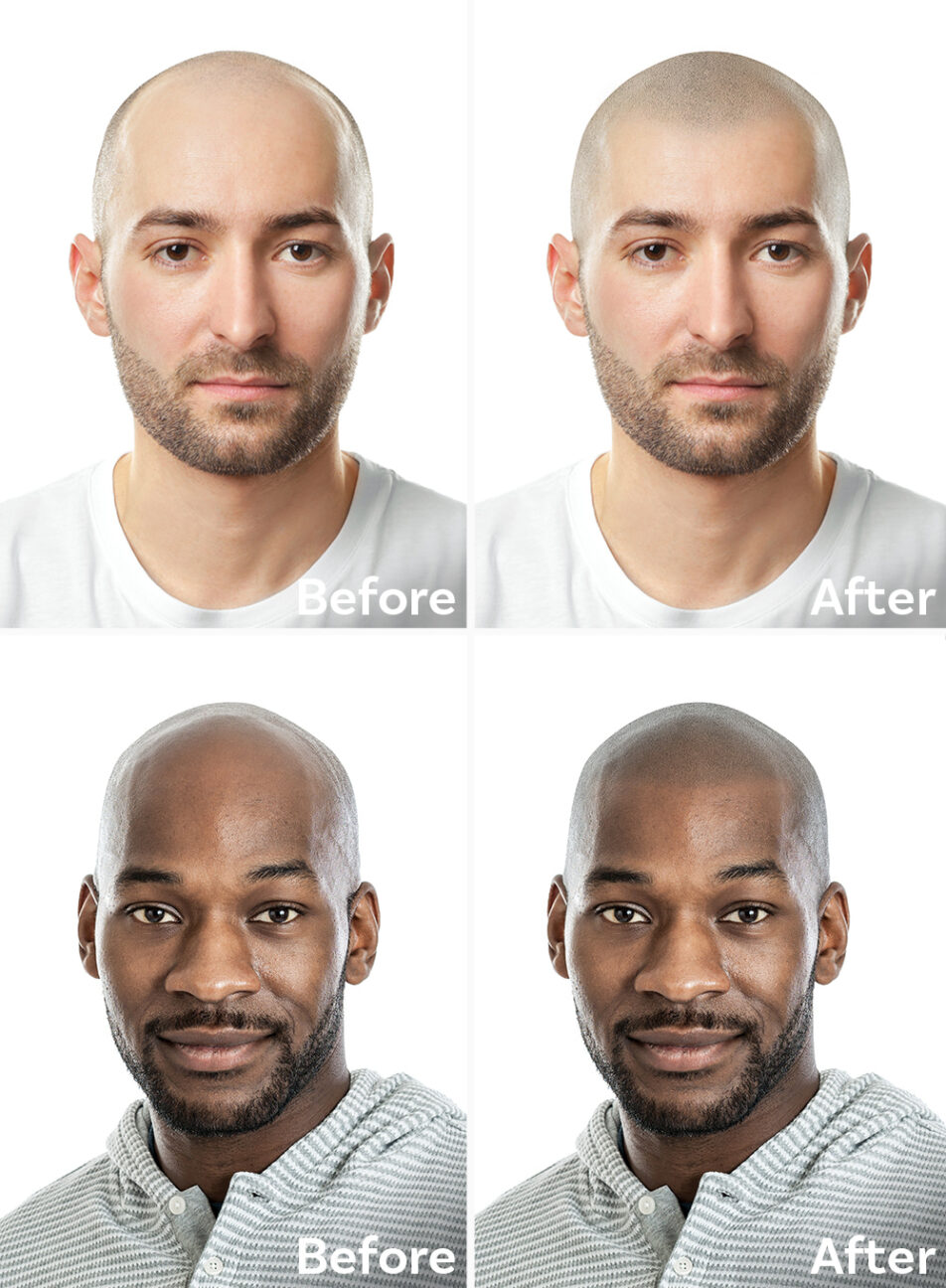Seasonal Affective Disorder (SAD) is sometimes dismissed off-hand by people who believe it is not a ‘real thing’. However, it is a mental health condition officially recognized by the NHS and affects thousands of people every winter. Dealing with depression is hard enough, but can SAD also lead to hair loss? Read on to find out more.
What is SAD?
SAD stands for Seasonal Affective Disorder. As the shorter days and cold weather arrives, it can have a direct effect on people’s mental wellbeing. SAD is a form of depression that changes the person’s mood and outlook on life during the winter period.
What are the symptoms of SAD?
Some of the common symptoms associated with SAD include:
- Feeling low and depressed for long periods of time
- Loss of interest in activities you used to enjoy
- Low energy and lethargy
- Difficulty in getting to sleep
- Negative changes to your appetite or weight
Can SAD lead to hair loss?
Depression is one of the hardest issues for anyone to manage and overcome. For many the thought of depression leading to hair loss can lead to making the issue even worse.
During the course of any day, we typically shed between 50 to 100 strands of hair – for those not experiencing hair loss these are replaced on a daily basis, with each strand having a life expectancy of anywhere between two to six years.
For many years researchers have believed we shed more hair during certain periods of the year. Some studies have suggested our hair thickens in the springtime and thins during autumn.
Seasonal Hair Loss
It wasn’t until a study was carried out at Washington University that scientists came across some interesting data. Looking at Google Trends collected between 2004 and 2016 from eight different English-speaking countries, they honed in on the search term ‘hair loss’.
They found that searches for the term peaked during the summer and autumn periods. They noticed that ‘hair loss’ was less commonly looked for during spring, suggesting it was less of a concern for people as the hair was not noticeably falling out during these months.
It is already known that animals molt at certain periods of the year and for humans, this is known as something called ‘seasonal shedding’. People dealing with mental health issues can sometimes see it manifest itself in their physical appearance. Whether it is weight loss, headaches, aches and pains or hair loss, the high levels of stress created by SAD can also lead to the shedding of hair.
What can I do about SAD-related hair loss?
If you are experiencing SAD you notice you are experiencing more hair loss than normal, there is a good chance the two could be related. SAD hair loss doesn’t mean you are losing your hair for good, it could be restored once the winter period has passed.
Of course, if you are struggling to cope with SAD and need assistance, you should visit your local doctor for advice to see if additional help is required and available. They will be able to offer professional guidance and direction on other resources that may be able to improve the condition of your mental health.
Although it can be very difficult if you are dealing with depressions during the winter months, or at other times of the year, it is important to speak about it and seek help, as suffering in silence can make matters worse in the long run.
Top Related Posts:
How To Deal With Hair Loss Related Anxiety For Men
5 Reasons Why You’ll Feel Better After Confronting Your Hair Loss



